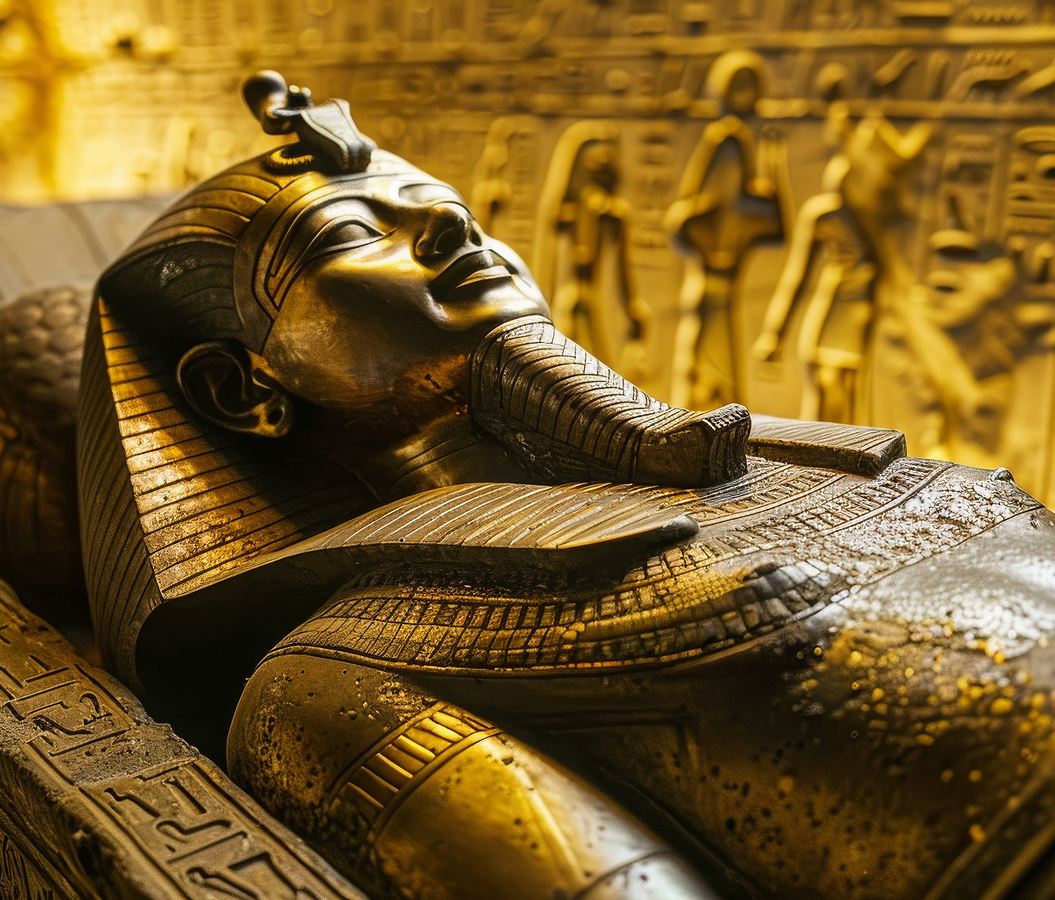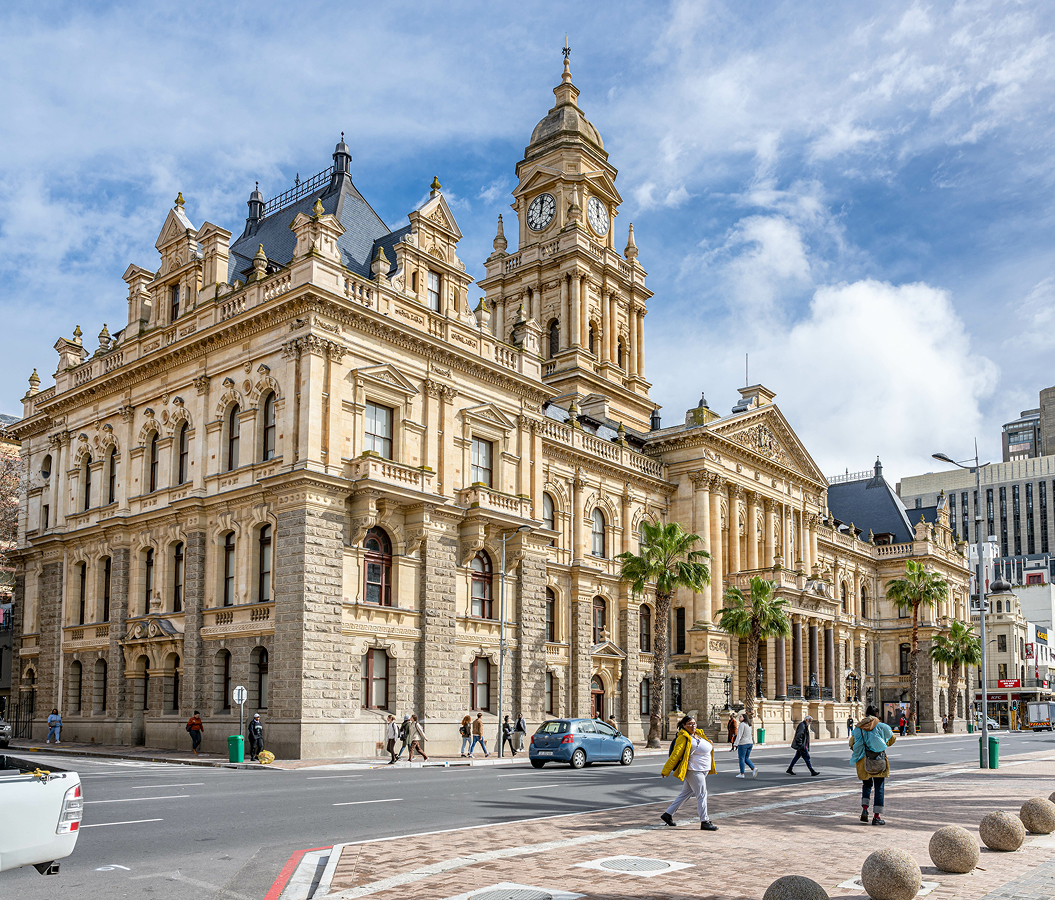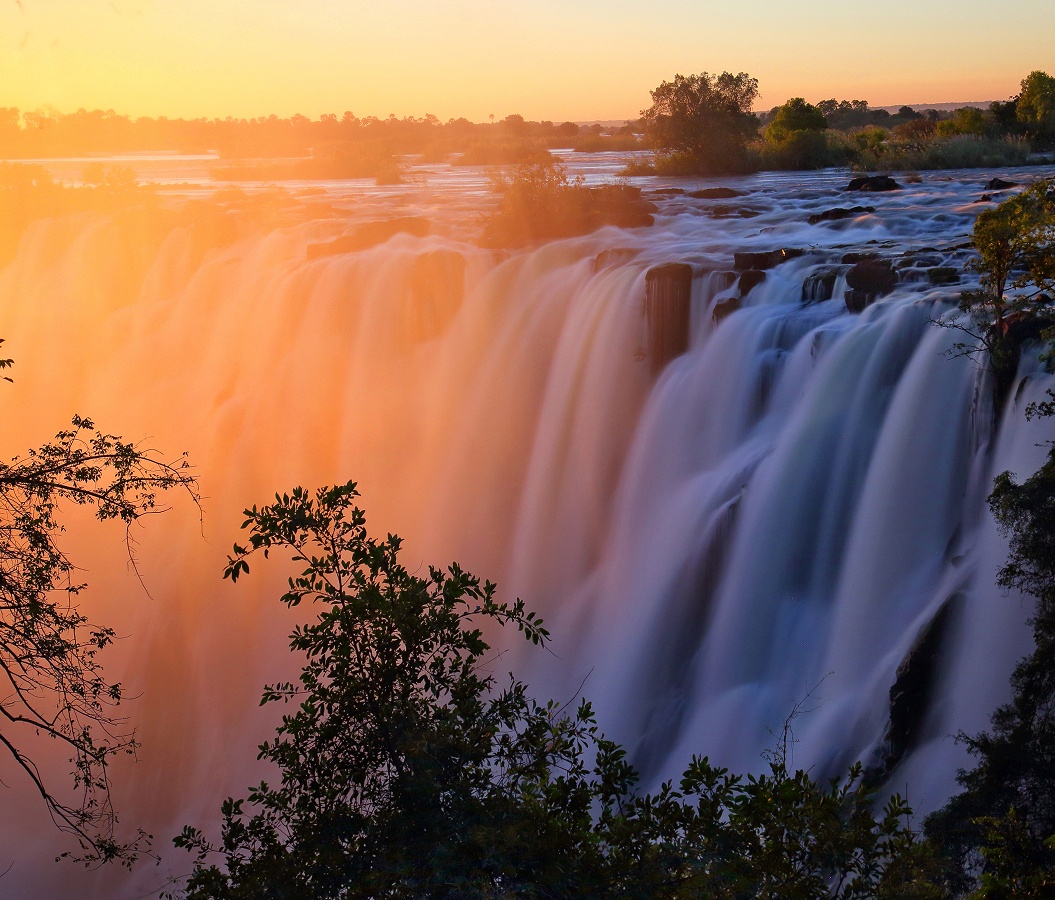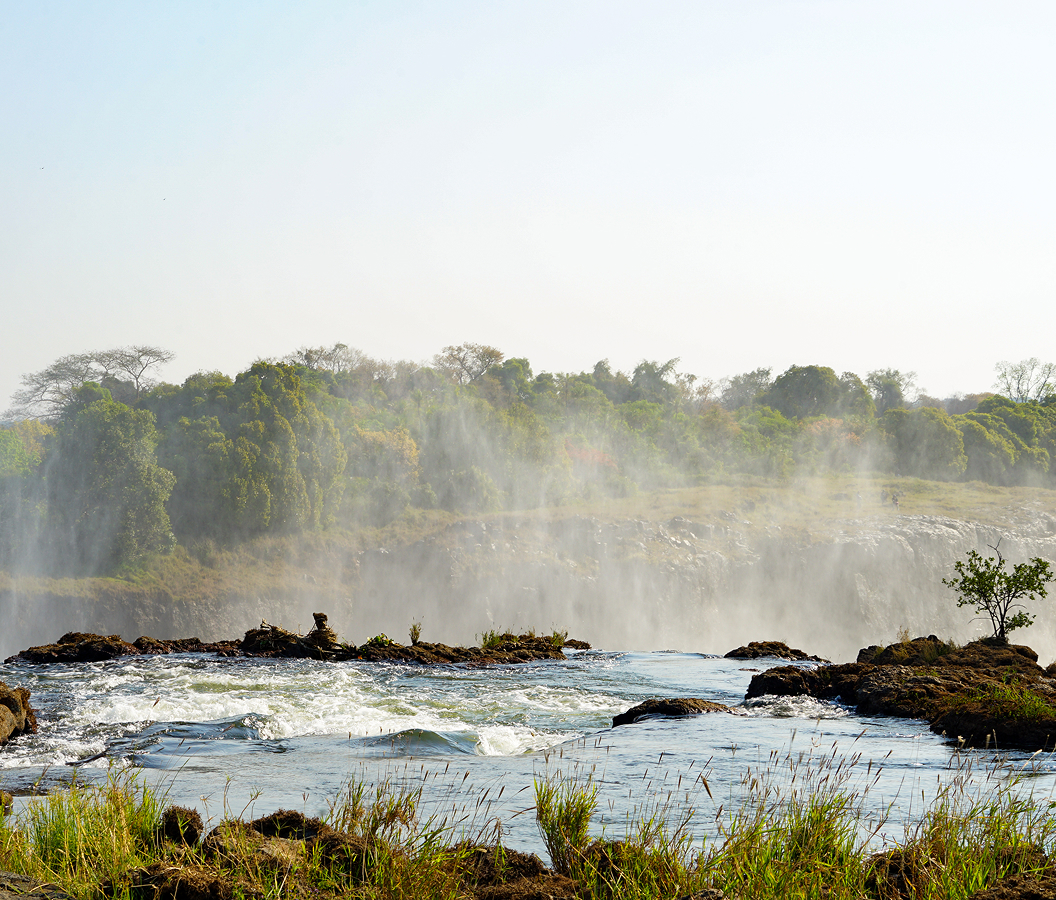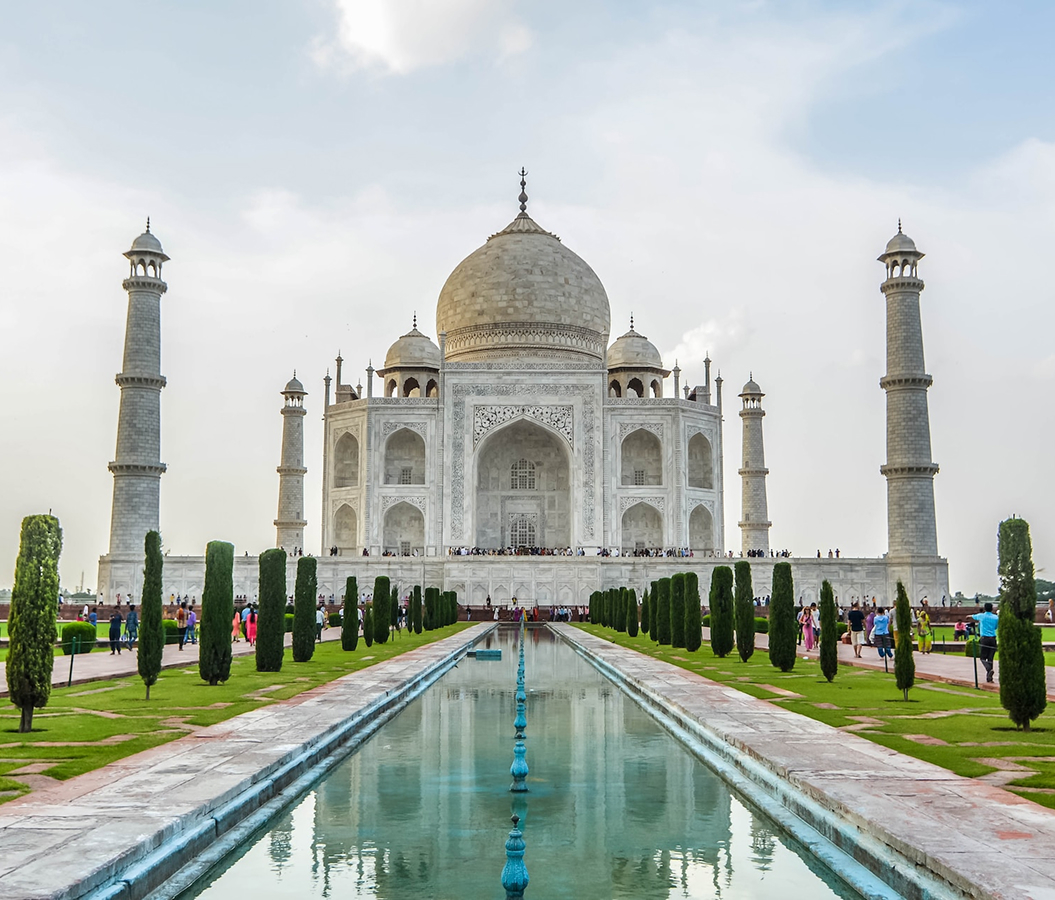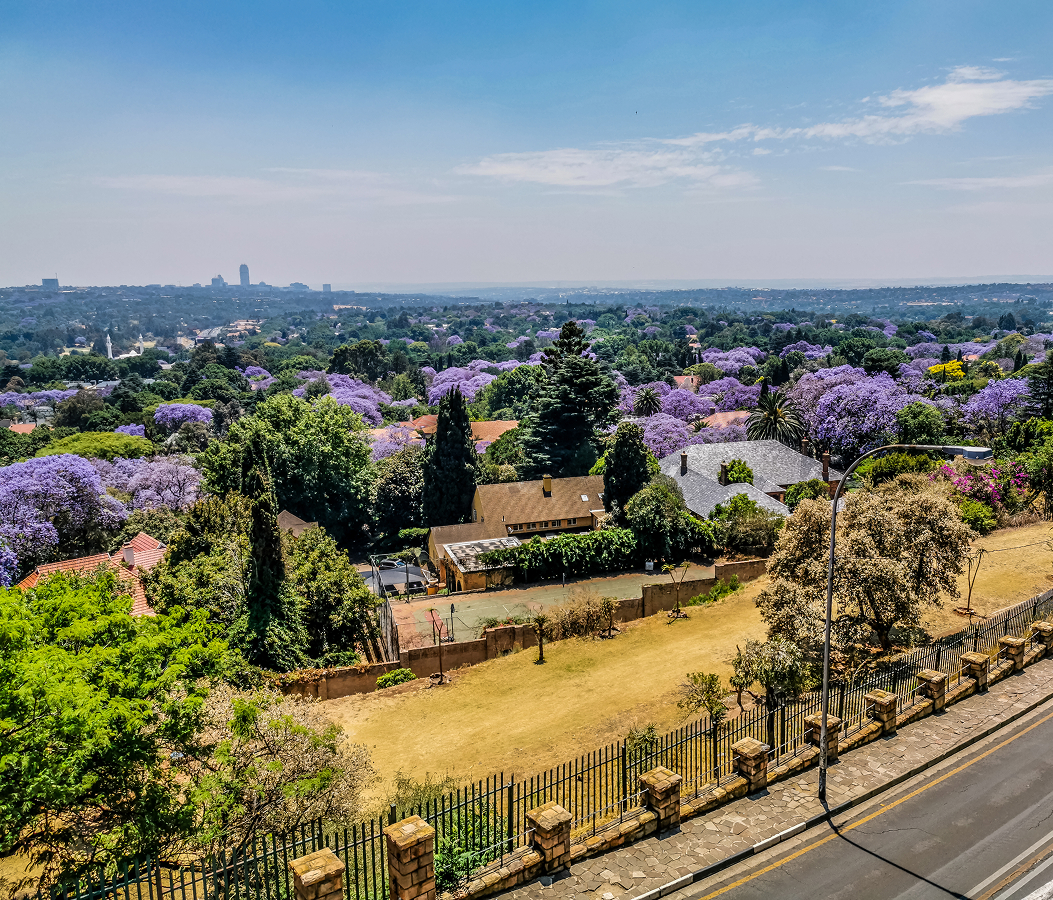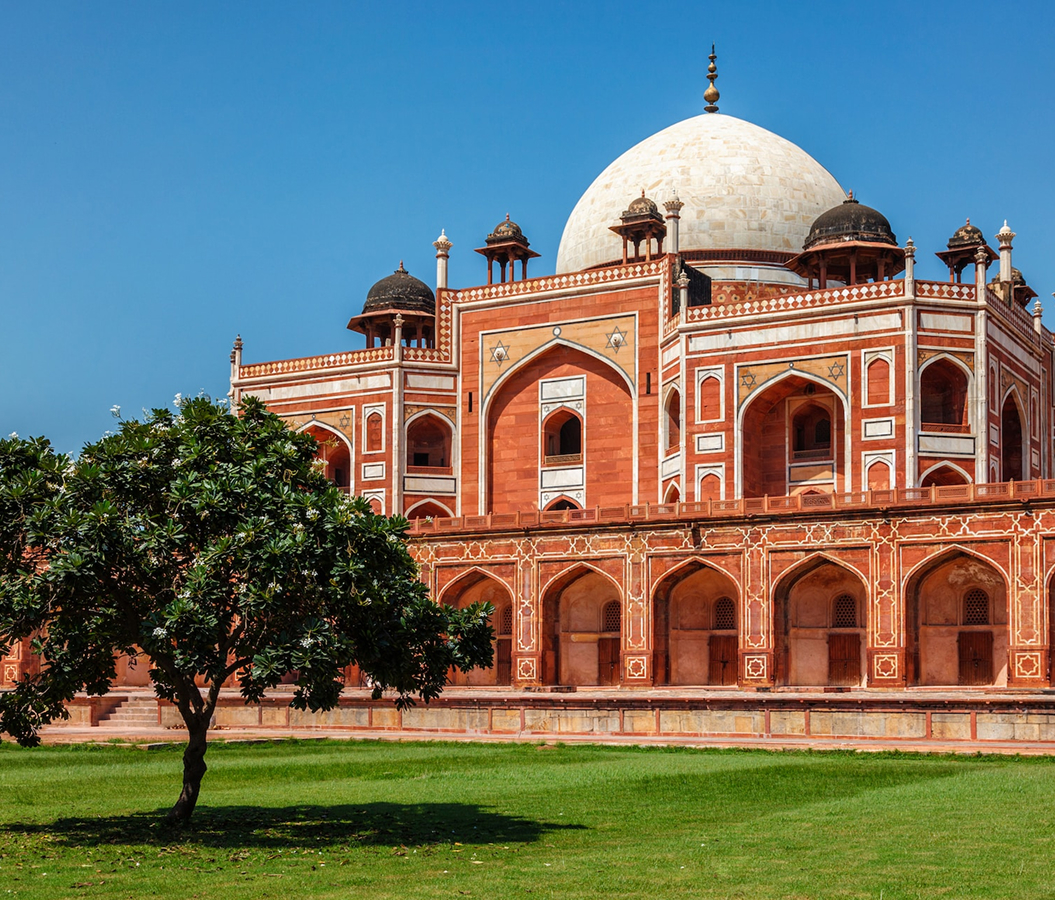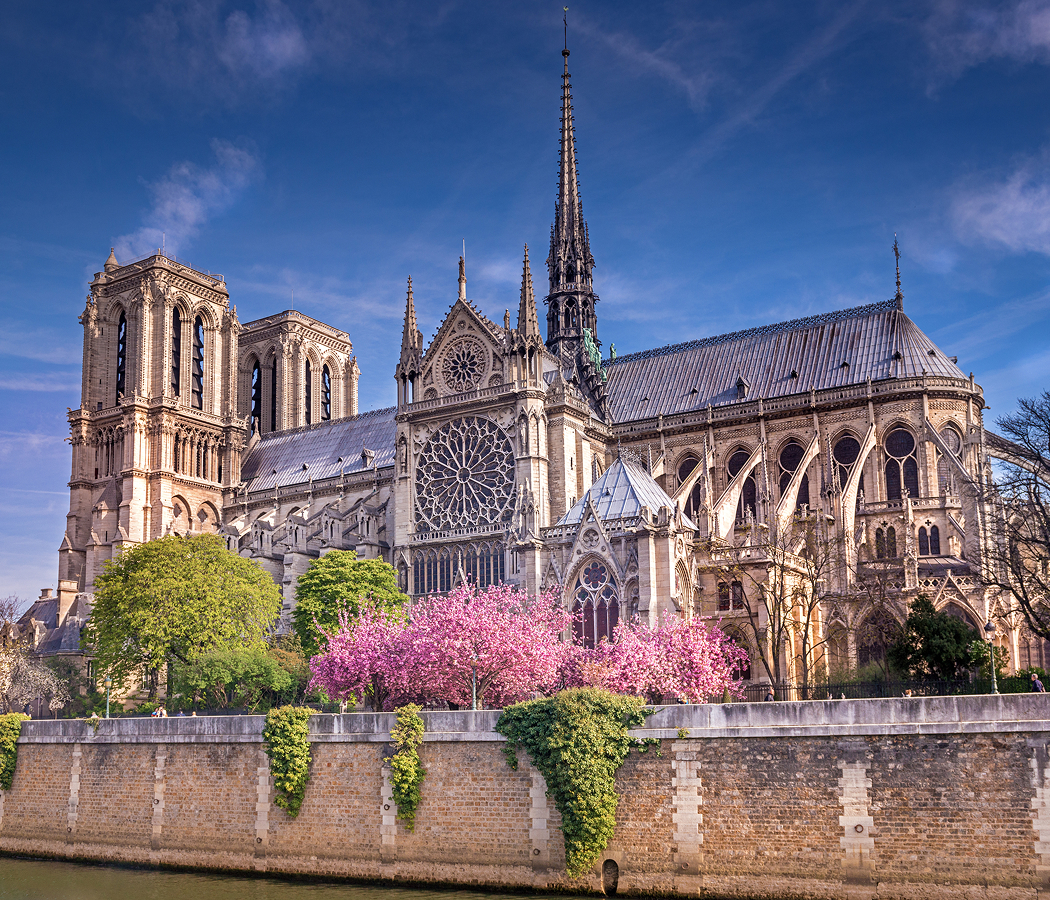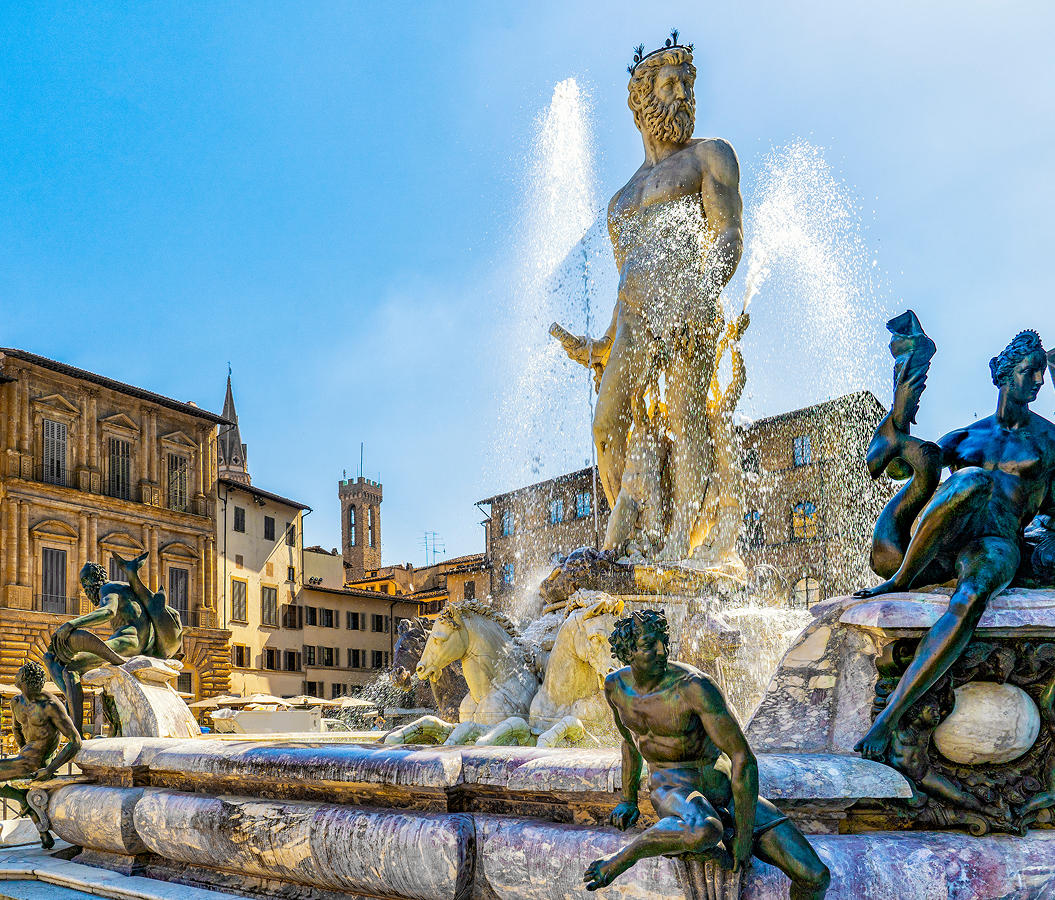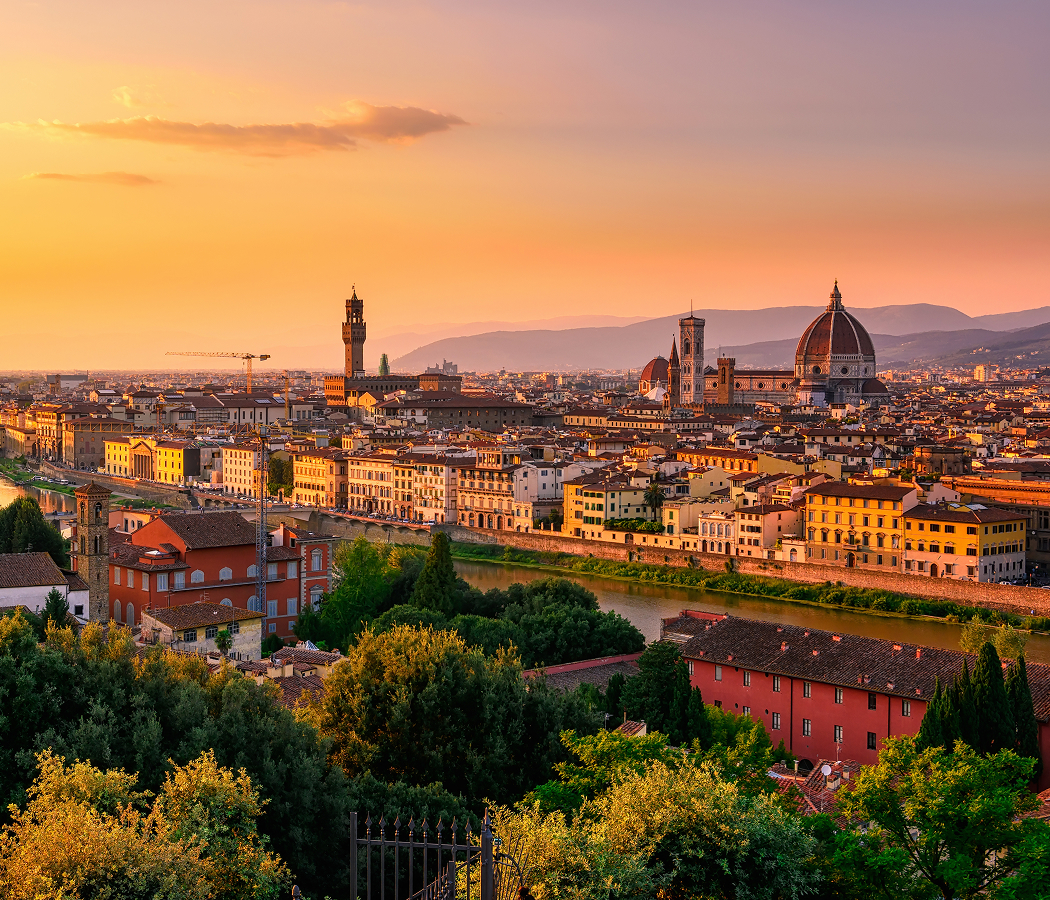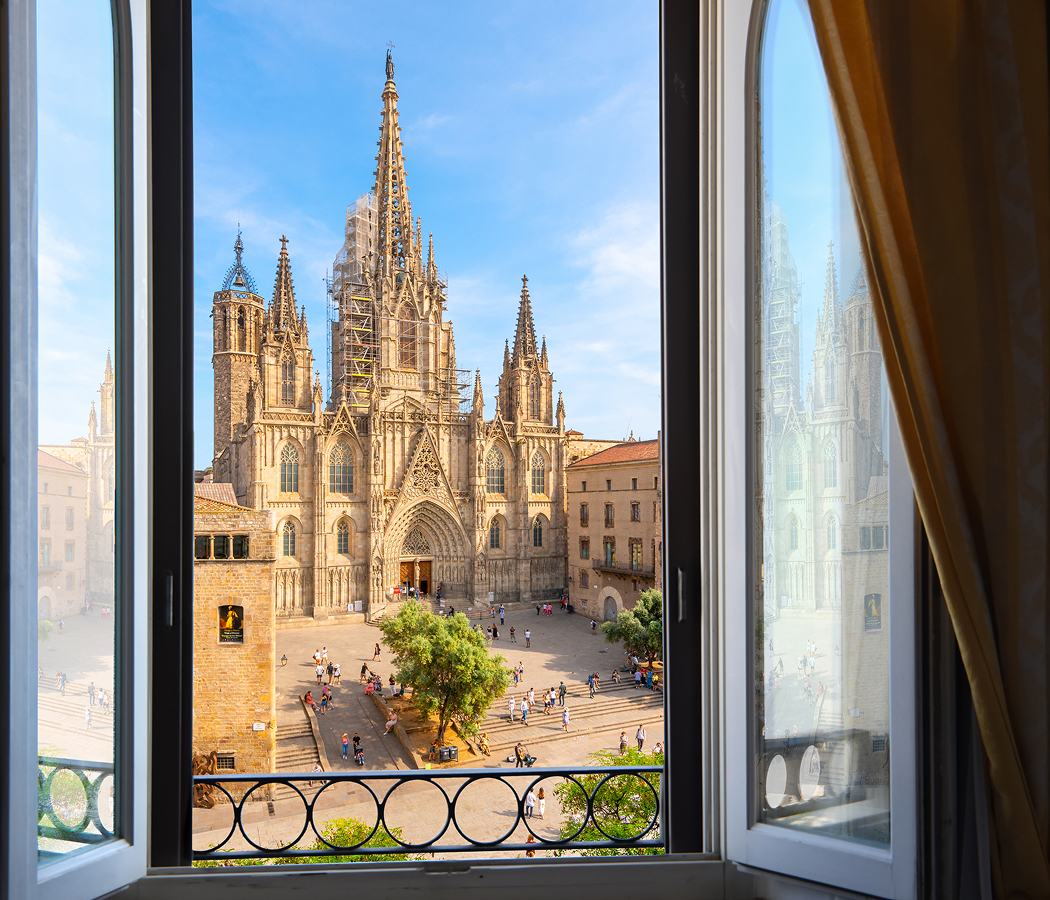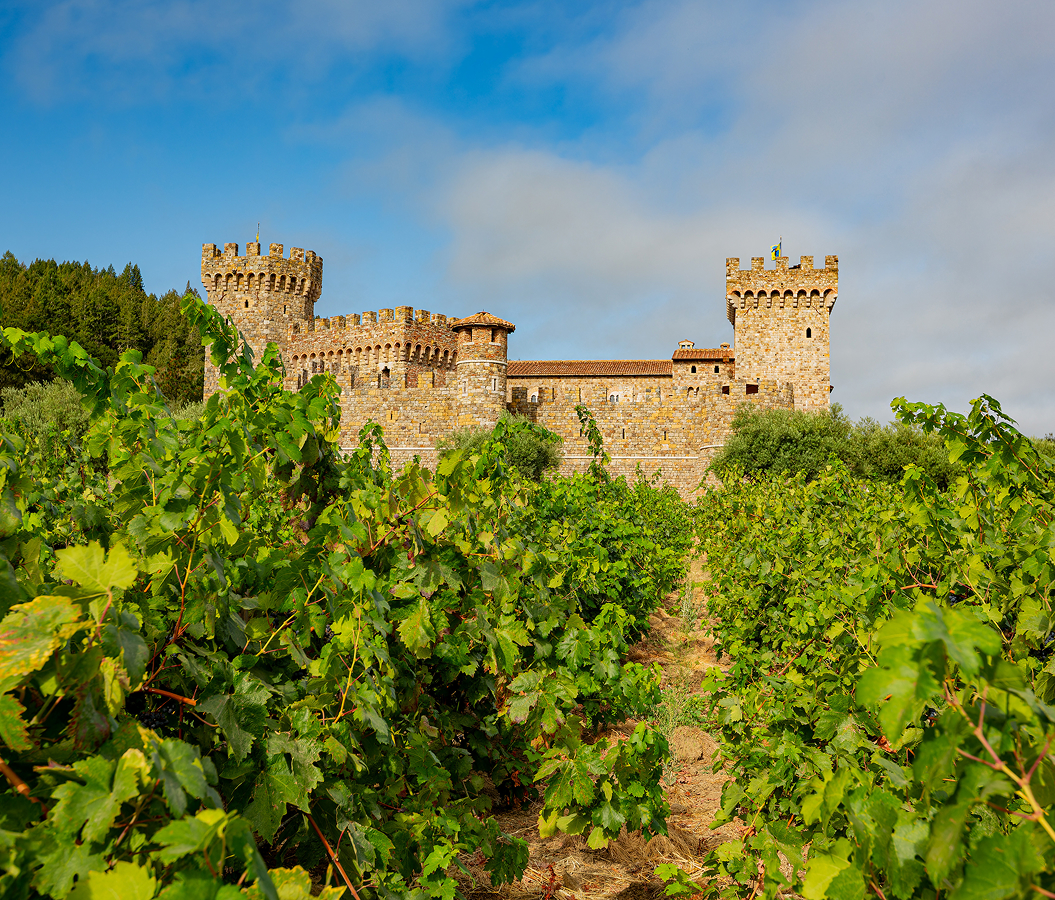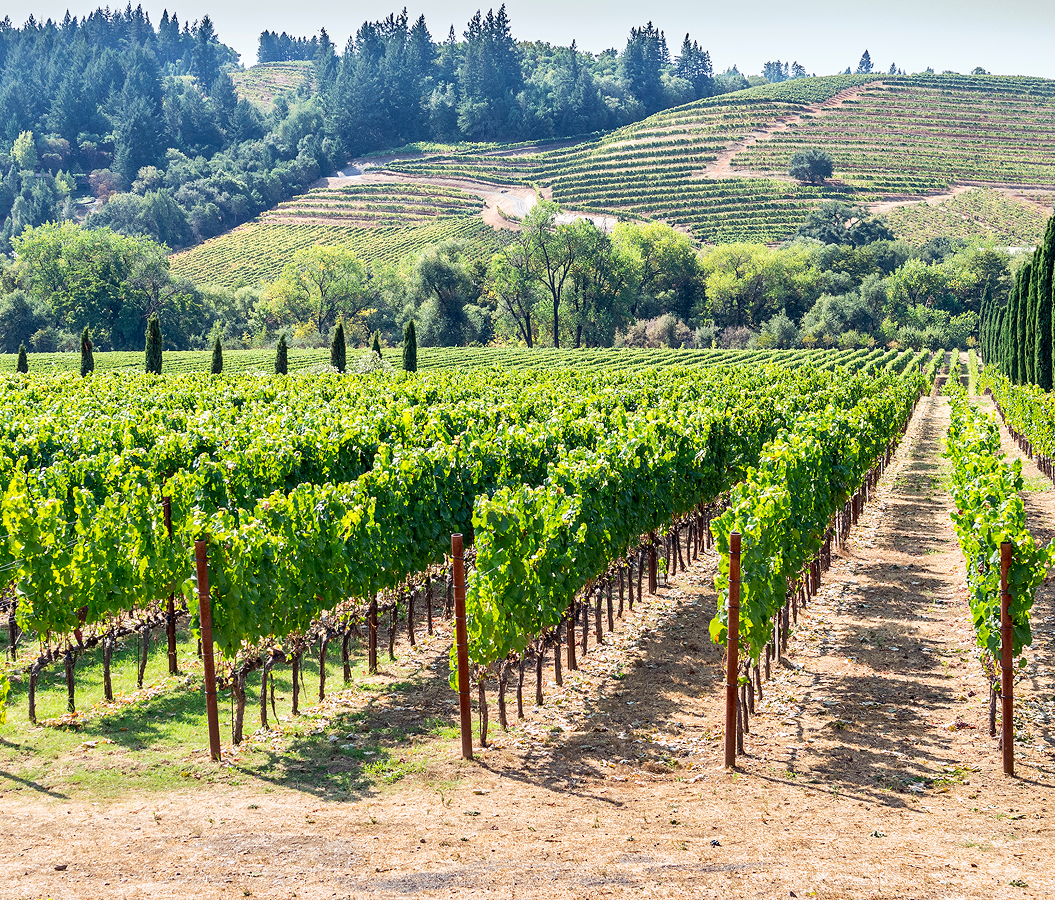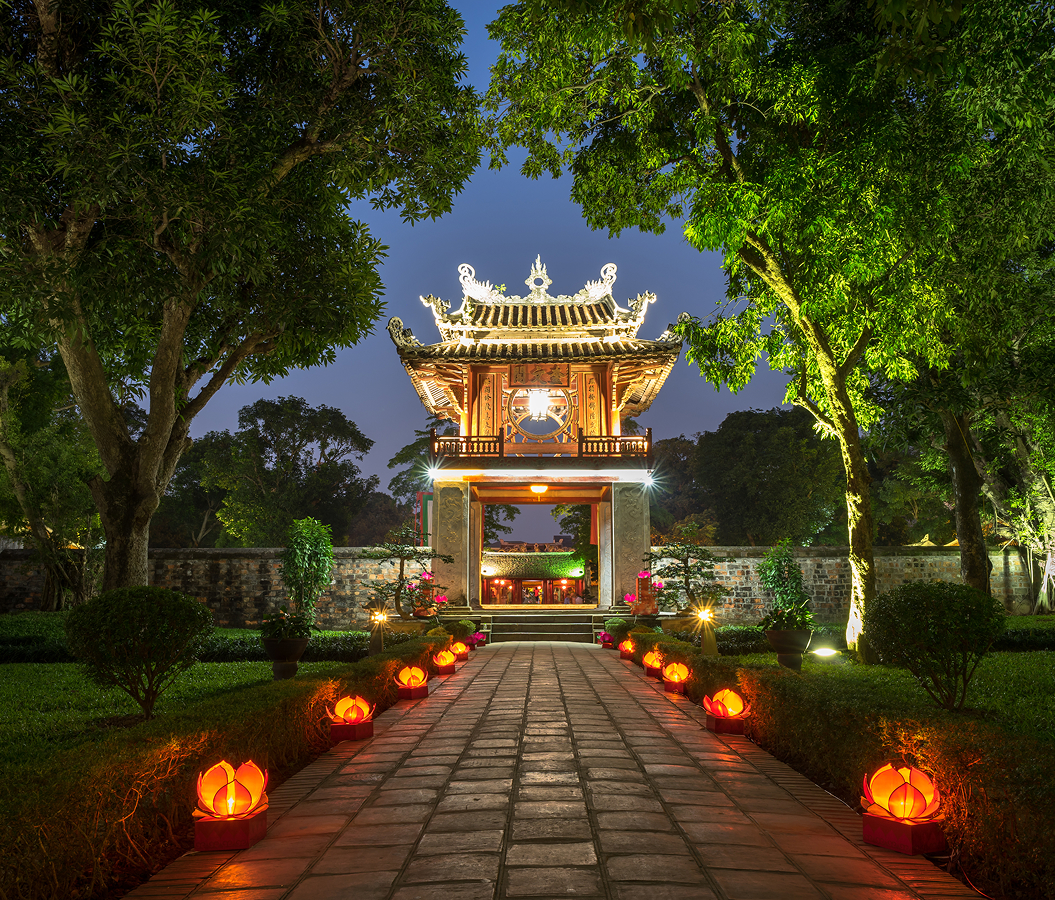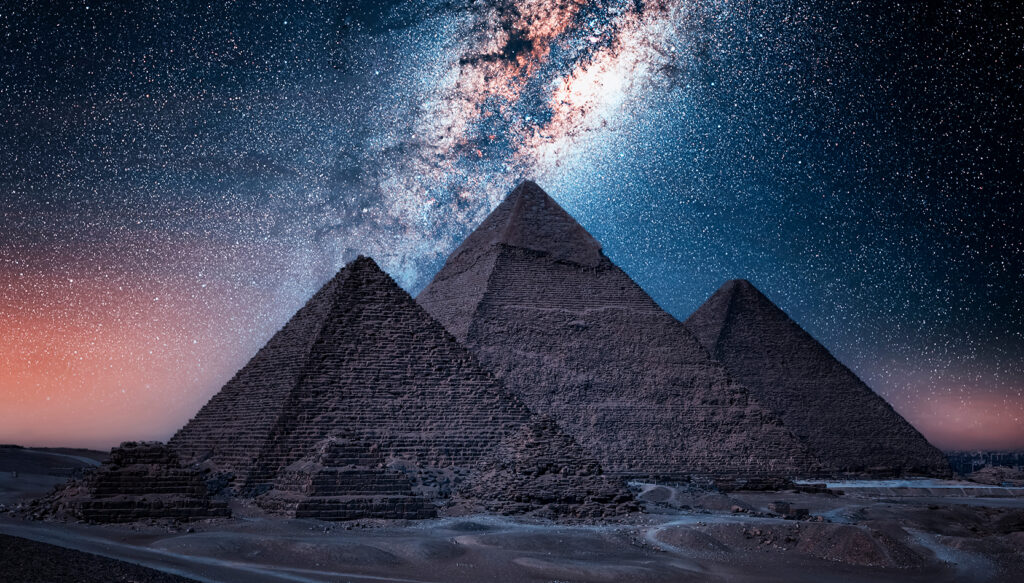
Why you should experience the Pyramids of Giza near Cairo.
The Pyramids of Giza aren’t just monuments, they are the eternal language of civilization, carved in stone and silence, standing as the last of the Seven Wonders of the Ancient World.
Set on the edge of the Western Desert, just beyond Cairo’s restless heartbeat, the pyramids rise from the sand with an authority that feels almost divine. Built over 4,500 years ago during Egypt’s Fourth Dynasty, these colossal tombs of Pharaohs Khufu, Khafre, and Menkaure transcend architecture, they are testaments to the human will to reach eternity. As the morning light sweeps across the plateau, the stones seem to shift in color, from golden amber to pale ivory to fiery orange at dusk. The Great Pyramid of Khufu, once sheathed in polished limestone, would have gleamed like a beacon under the sun, visible for miles across the desert. Standing at over 450 feet tall, it remained the tallest structure on Earth for nearly four millennia. Around it, the symmetry of Khafre’s and Menkaure’s pyramids creates a cosmic harmony that ancient Egyptians believed aligned with the stars of Orion’s Belt, a celestial map connecting life, death, and the divine. To walk among these giants is to stand inside a riddle, one that humankind has spent centuries trying to solve, yet one that still refuses to yield its full truth. The air feels ancient, charged with the breath of those who built, worshiped, and dreamed here. No photograph, no documentary, can capture what it feels like to stand in their shadow, that moment when time itself seems to pause and listen.
What you didn’t know about the Pyramids of Giza.
Beneath their timeless symmetry lies a story of precision, innovation, and mystery that continues to astound even the most advanced minds.
Each of the pyramids is aligned with astonishing accuracy to the cardinal points, a feat that remains unexplained even by modern engineering standards. The builders, tens of thousands of skilled laborers rather than slaves, worked with copper tools, stone sledges, and sheer ingenuity. Recent discoveries show that limestone blocks were hauled along canals connected to the Nile, an ancient logistical marvel that transformed the desert into a sea of construction. The Great Pyramid alone contains over 2.3 million blocks, each weighing up to 15 tons, yet its sides differ in length by less than two inches. Deep within, narrow shafts align perfectly with constellations, suggesting the pyramids were not only royal tombs but also celestial gateways. The adjacent Great Sphinx, part lion, part king, part god, watches over them like a timeless guardian, its expression unreadable after 45 centuries of wind and wonder. Beneath the Giza Plateau, archaeologists have uncovered workers’ villages, bakeries, breweries, and workshops, evidence of a thriving community devoted entirely to serving the afterlife of their pharaohs. Even the smallest of the three pyramids, Menkaure’s, reflects architectural perfection, with granite casing stones that still glisten in the sun. Legends persist of secret chambers and undiscovered tunnels beneath the sand, and while modern scans have revealed hidden voids within Khufu’s pyramid, their purpose remains elusive. The pyramids’ geometry and cosmic alignment have inspired countless theories, from astronomical observatories to ancient energy centers, but perhaps their greatest mystery lies in their endurance. Empires have risen and fallen, yet these monuments have remained immovable, their presence defying the centuries. To stand before them is to confront a civilization that built for eternity, and succeeded.
How to fold the Pyramids of Giza into your trip.
Visiting the Pyramids of Giza is not just sightseeing, it’s a pilgrimage to the dawn of human history.
Begin your journey early in the morning, when the air is still cool and the desert light softens the horizon. Enter through the Giza Plateau entrance and walk slowly toward the Great Pyramid, the sheer scale becomes more overwhelming with every step. If you’re adventurous, climb inside Khufu’s pyramid to reach the King’s Chamber, a granite-lined vault where the silence is absolute and the weight of history feels physical. Outside, gaze toward Khafre’s pyramid, which still retains a crown of original limestone at its apex, a glimpse of how the entire complex once shimmered like a mirror to the sun. From there, descend to the Sphinx enclosure, where the colossal guardian crouches with stoic grace, its face half-eroded yet still commanding. Wander to the Solar Boat Museum, where a reconstructed wooden vessel, believed to have carried Khufu’s spirit to the afterlife, rests in haunting perfection. For the most cinematic experience, return at sunset when the desert glows red and gold, and stay for the Sound and Light Show, where the pyramids themselves narrate the story of their creation. Ride a camel or horse along the ridge to take in the full panorama, the city skyline on one side, eternity on the other. Alternatively, book a rooftop dinner at a nearby terrace café for a view that defies imagination, the pyramids illuminated against the night, as they have been for thousands of years. To visit the Pyramids of Giza is to stand at the intersection of myth and mathematics, wonder and endurance. They are not ruins, they are reminders, whispering through the ages that humanity’s greatest power lies in its ability to dream beyond time.
Hear it from the Foresyte community.
“Standing here feels like being dropped into another planet. The pyramids don’t just sit there, they stare back. Whole scene is unreal.”
Where meaningful travel begins.
Start your journey with Foresyte, where the planning is part of the magic.
Discover the experiences that matter most.


